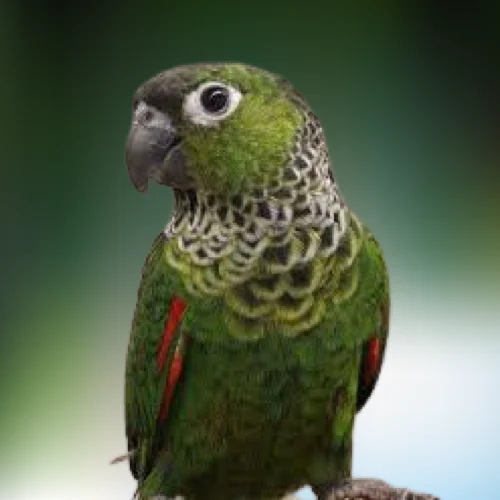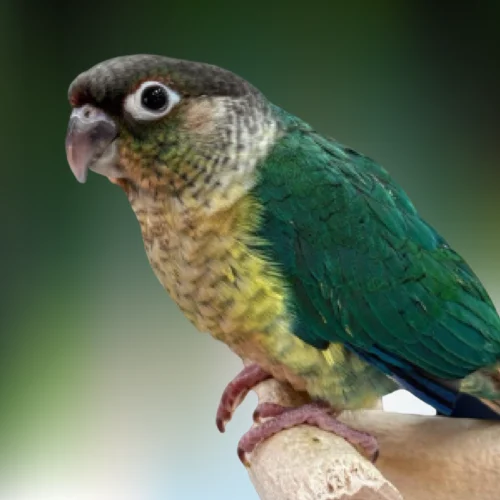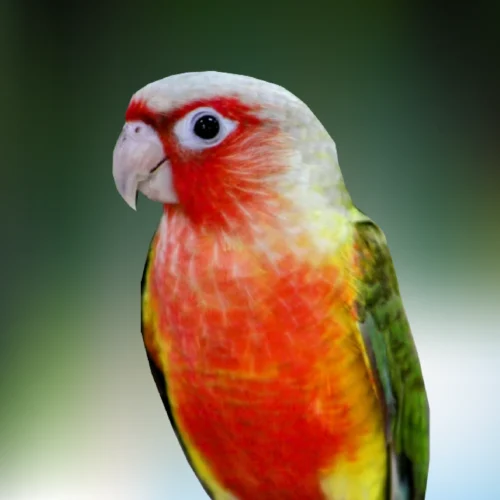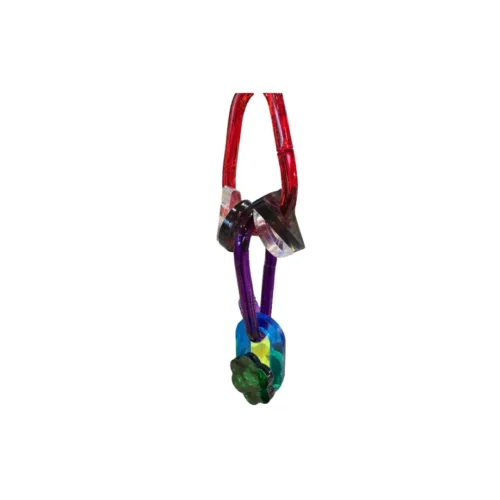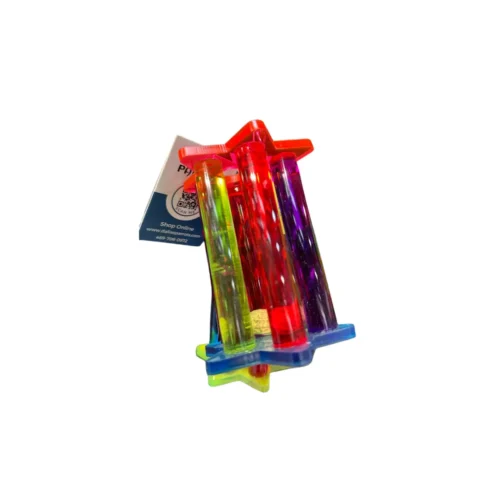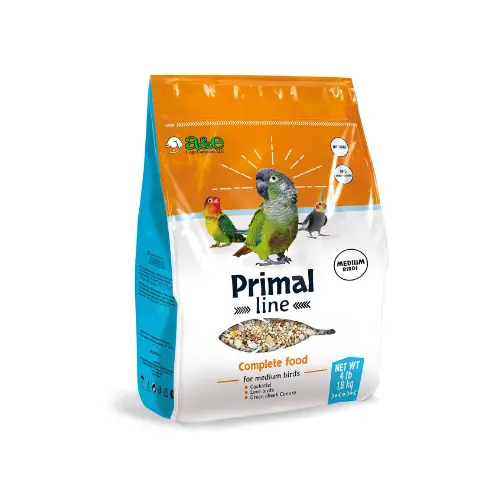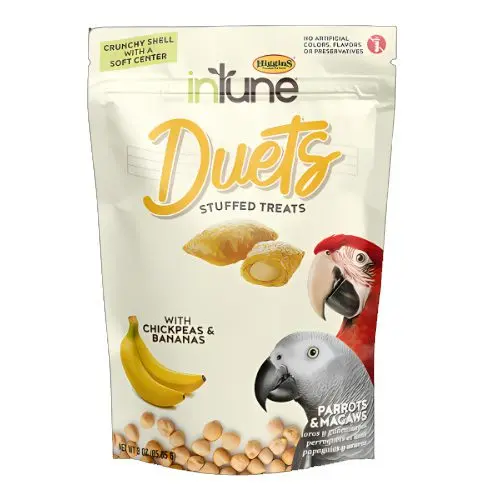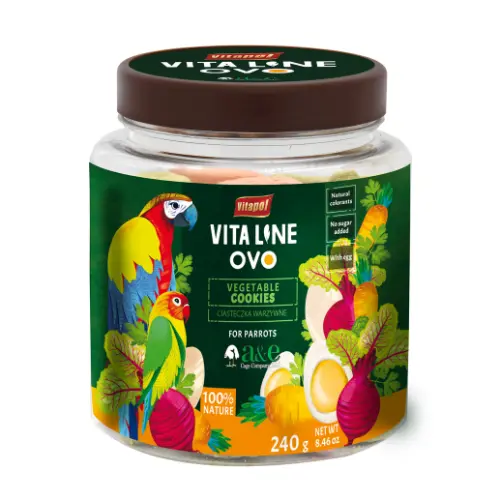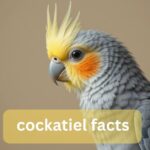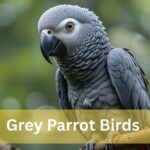
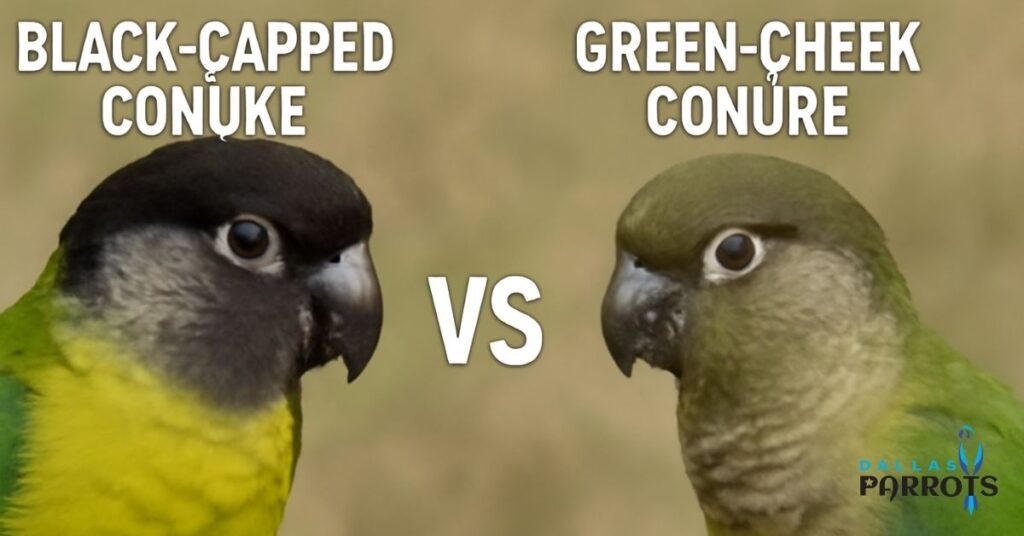
Black capped conure vs green cheek conure
When picking between a blackcapped conure and a green cheek conure for your next pet bird knowing how they differ like how a maroon conure behaves compared to a black capped conure can help you choose the right one. you are new to birds or have experience each type has its own personality and care needs.
Quick species snapshot for both parrots
Both the gcc and bcc breeds are popular among parrot owners. black capped conure and green cheek conure belong to the Pyrrhura family making them very similar in size and temperament. However their slight variations in appearance behavior and vocalization are worth noting for anyone interested in adopting one of these delightful parrots. Letsdive into what makes each species special.
What is a black capped conure origin and traits
The black capped conure Known scientifically as Pyrrhura molinae the black capped conure is inquisitive and playful. Black capped conures are affectionate social and active making them excellent companions for people who are willing to provide plenty of attention and stimulation. They are slightly quieter compared to other conures But still enjoy a good chatter when they feel comfortable especially among a flock of jenday and sun conures.
Black Cap Conure
$950.00What is a green cheek origin and traits
Green cheek conure or Pyrrhura molinae often mistaken for other species is a delightful pet bird. hails from the forests of South America primarily in regions of Bolivia Argentina and Brazil. These conures are typically a deep green especially in the gcc breed. green color with a reddish patch on the tail and a lighter belly with some mutations featuring yellow pineapple or cinnamon variations. Known for their playful curious and affectionate nature green cheek conures are one of the most popular pet birds.
They are often quieter than other conures making them a great choice for people in apartments or shared living spaces. Their small size and social nature make them ideal for both beginners and experienced bird owners interested in quieter species. pets for both beginners and experienced bird owners especially those interested in conure species that are closely related to other popular breeds.

Green Cheek Conure Dilute
$950.00Green Cheek Conure Turquoise YS
$1,250.00Green Cheek Conure Red Factor
$1,250.00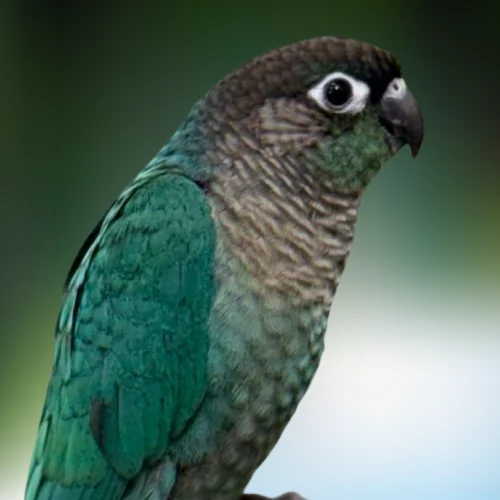
Green Cheek Conure Turquoise
$1,250.00Temperament differences black capped and green cheek side by side
| Aspect | Black capped Conure with its distinct neck and breast coloration is a favorite among bird enthusiasts. | Green Cheek Conure often mistaken for other conures is a popular pet bird. |
| Bonding Style | Seeks constant companionship prefers staying close to its owner. | More independent enjoys some alone time but still loves bonding through social interaction. |
| Affection | Very affectionate enjoys frequent interaction with its owner. | Affectionate but more content with some alone time still enjoys cuddles. |
| Independence | Highly dependent on owner enjoys constant attention. | More independent can spend some time alone without becoming anxious. |
Bonding style affection and independence
| Bonding Style Affection and Independence | Black capped Conure | Green Cheek Conure |
| Bonding Style | Prefers constant companionship needs to be close to its owner. | Can enjoy some alone time but still seeks affection and interaction. |
| Affection | Enjoys cuddles and frequent attention thrives with interaction. | Affectionate but will give some space and enjoys quiet moments alone. |
| Independence | Not very independent prefers being near its owner most of the time. | More independent comfortable spending time alone but still enjoys socializing. |
Energy level and play style with families
| Energy Level | High energy loves to stay active and playful a black capped conure may become mischievous if bored. | Slightly calmer and less hyperactive they are a good fit for families with younger children and enjoy fresh fruits. |
| Play Style with Families | Playful enjoys toys and interactive play but requires more attention. | Enjoys toys and playtime but is less demanding and calmer around family members. |
| Behavior with Kids and Families | Needs more engagement to avoid destructive behavior can be a bit noisy. | More gentle and quieter especially around children greencheeks are less destructive. |
Size colors and visual traits you can expect
| Aspect | Details |
| Size & Body Shape | Both share similar body shapes but they differ in overall size and colors. |
| Color Intensity | Black capped and green cheek conures show unique variations in color depth. |
| Expectation | Helps owners understand how each bird looks and fits into a home setting. |
Typical measurements and sexual maturity timelines
| Aspect | Black capped Conure | Green Cheek Conure |
| Average Length | Slightly larger about 10 inches | Smaller about 9 inches |
| Sexual Maturity Age | Reaches sexual maturity between 1 to 2 years | Reaches sexual maturity between 1 to 2 years |
| Behavior at Maturity | May show territorial or nesting behaviors | May show territorial or nesting behaviors |
Color mutations and what they may mean for care
| Aspect | Details |
| Natural Variations | Both black capped and green cheek conures have natural variations. |
| Known mutations can affect the price tag and characteristics of the yellow sided species. | Green cheek conures known for pineapple yellow sided and cinnamon mutations. |
| Effect on Care varies between different conure species. | Mutations don’t change overall care but may influence diet or environmental needs. |
| Feeding & Enrichment | Certain mutations may shift food preferences or require specific enrichment to stay engaged. |
| Importance of Research | Owners should research the specific mutation to understand dietary needs and formulate a proper care routine. |
Noise level talking ability and daily activity
| Aspect | Details |
| Noise level is an important factor to consider especially for those who prefer quieter contact calls. | Both species are vocal with their contact calls differing in noise levels. |
| Talking ability varies among species with some being true goofballs in their vocalizations. | Both conures can mimic sounds but the green cheek conure has more limited talking skills. |
| Activity Needs | Both birds are active and regular interaction helps keep them engaged and happy especially if they are trained to learn to talk. |
Sound profile in apartments and shared homes
| Aspect | Black capped Conure | Green Cheek Conure |
| Noise Level | Can be loud especially when seeking attention or excitement which is common among parrot owners. | Quieter better suited for apartments or shared homes. |
| Impact on Neighbors | May disturb neighbors with louder calls. | Less likely to disturb due to quieter chirps and whistles. |
| Best Environment | Best suited for homes with fewer noise restrictions. | Ideal for people living in apartments or shared spaces where a gcc might provide a better experience. |
Words mimicry and enrichment to keep them engaged
| Aspect | Black capped Conure | Green Cheek Conure |
| Talking Ability | Can mimic sounds and basic words. | Limited talking skills can mimic basic words or phrases. |
| Mimicry Skills | Can learn some words or sounds but not extensive. | More limited mimicry abilities. |
| Enrichment activities are essential for keeping your sun conures engaged and happy. | Enjoys mental stimulation with toys and puzzles. | Benefits from enrichment such as foraging toys and puzzles. |
Cage setup and space needs for each species
Both black capped conures and green cheek conures need well designed cages with plenty of room to move and act naturally. Giving your black capped conure fun activities is key to keeping it happy and healthy. The cage setup matters a lot for your birds health and joy. Let’s check out what each species needs in terms of cage size, layout, and must have features to make a cozy home.
Minimum cage sizes bar spacing and layout
For both the black capped conure and green cheek conure the The minimum cage size should accommodate the needs of highly social birds. should be at least 18 inches in width 18 inches in depth and 24 inches in height though larger is always better. The bar spacing should be no more than ½ inch to prevent the birds from escaping or getting stuck. The cage layout should allow for plenty of space to spread their wings climb and move around with room for essential perches and toys.
PRV Cage 1818
$69.95King Cages SLT 102 Small Parrot Open Square
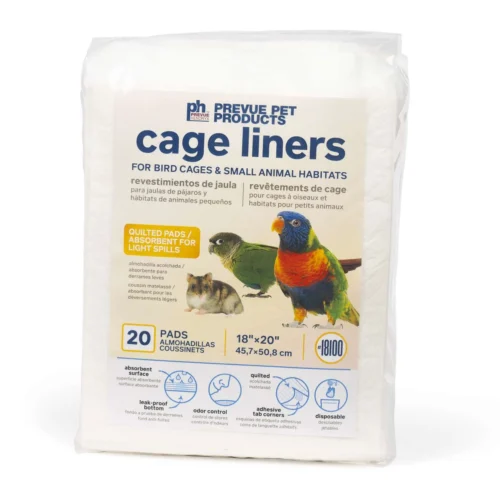
18100 CAGE LINERS
$12.95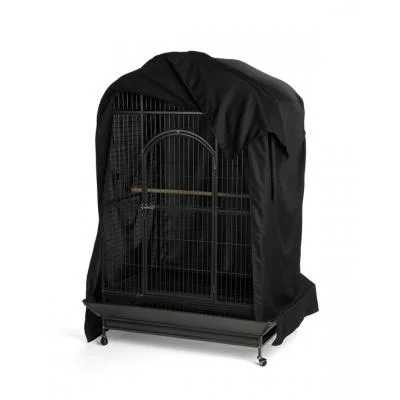
EXTRA LARGE BIRD CAGE COVER
$62.95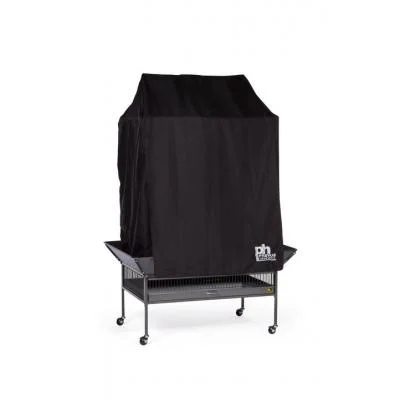
LARGE BIRD CAGE COVER
$52.95
GOOD NIGHT BIRD CAGE COVER
$48.95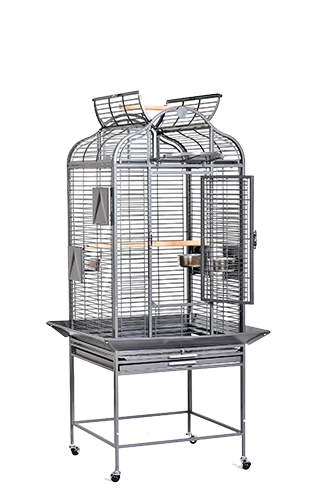
Majestic Open Top 2422 Bird Cage
$695.00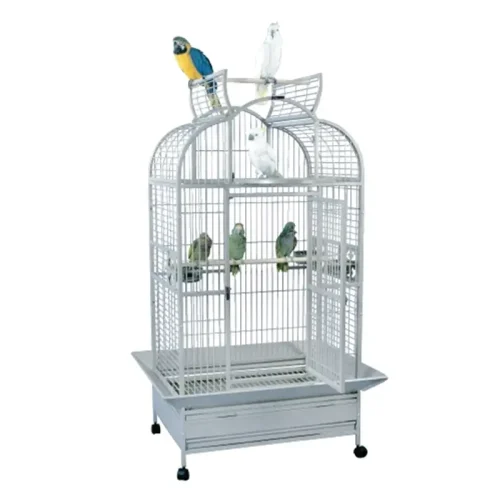
Majestic Superior 3628 Open Top
$1,295.00These cages offer a variety of sizes features and price ranges suitable for your cockatiel or nanday. black capped conure or green cheek conure. Ensure the bar spacing is no wider than ½ inch for safety and always prioritize a spacious environment for your birdswell being.
Perches toys and safe materials to rotate
Perches should be made of safe non toxic materials such as natural wood or gravel and should vary in thickness to promote foot health. As for veterinary care regular check ups are essential for maintaining your pet of health. toys rotate them regularly to keep the birds engaged and stimulated. Toys that make black capped conures and green cheek conures look for their food are great for them. These toys help keep the birds active and make them think.Rotating these safe bird toys will help keep your black capped conure or green cheek conure entertained and mentally stimulated while promoting natural foraging behavior. Be sure to use safe bird friendly materials for all items in their cage to avoid any potential health risks.

Spinning Barbell Large
$18.95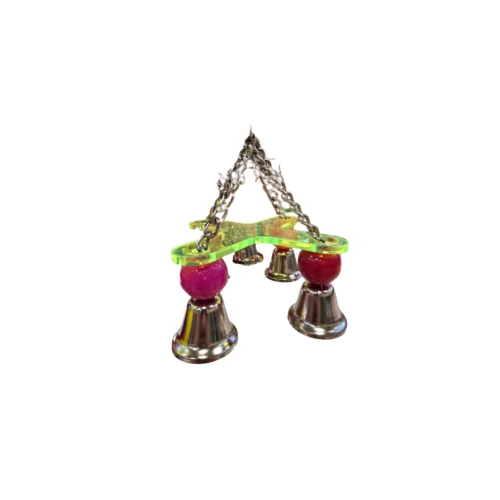
Chandelier Large
$22.95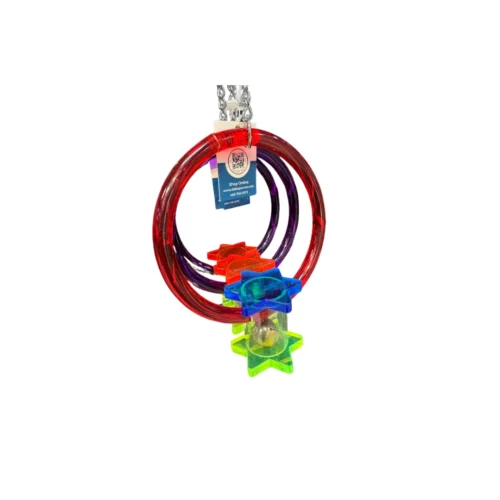
Swing A Ding Big Foot XL
$28.95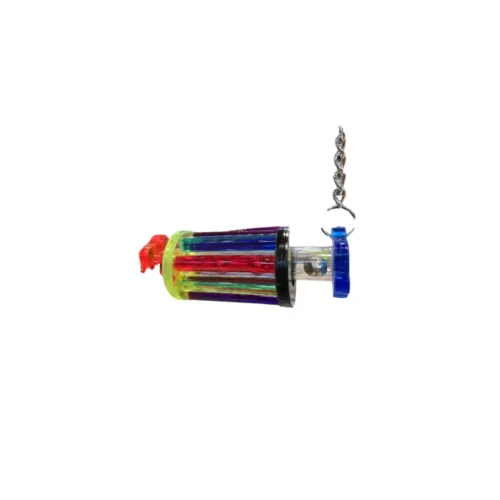
Paddle Wheel XL
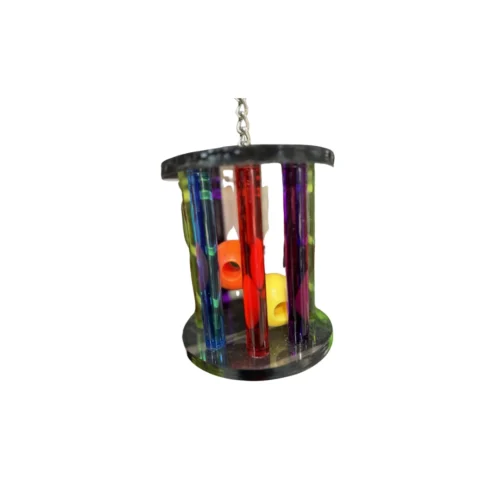
Ball Cage
$28.95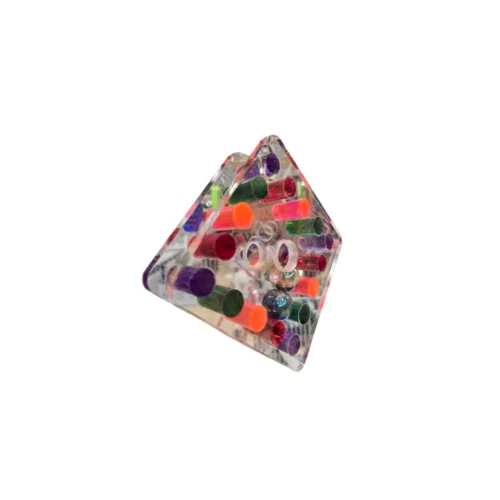
Big Box
$28.95Bangel
$32.95Peanut Jail
$10.95Kalidascope Lg
$16.95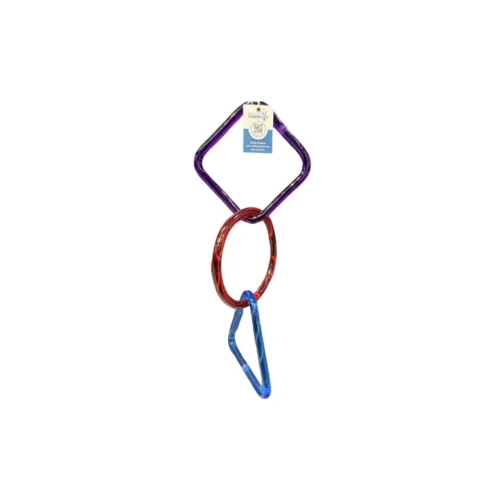
Geo Rings
$22.95
Your black capped or green cheek conure will stay happy and busy if you change their toys regularly. It’s a fun mental challenge that encourages their natural instinct to forage.
Diet foraging and daily care routines
A balanced diet regular foraging and a consistent daily care routine Social interactions are essential for the overall health and happiness of both the yellow sided and other species. Understanding the nutritional needs of these birds along with how to provide them with mental stimulation is key to ensuring they thrive in your home.Pellets fresh foods supplements and treats
For a healthy conure start with a base of nutritious pellets. Mix in daily fresh chops of veggies and greens with a little fruit for fun. Go easy on fatty seeds and nuts they’re just for treats!. When in doubt your vet can help you create the perfect menu to keep your bird thriving.
Jungle Rice
$14.95

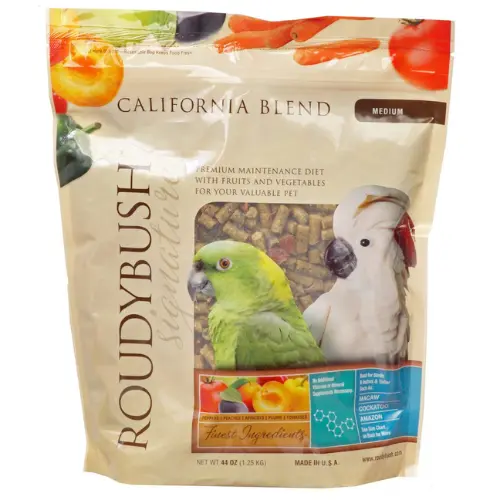
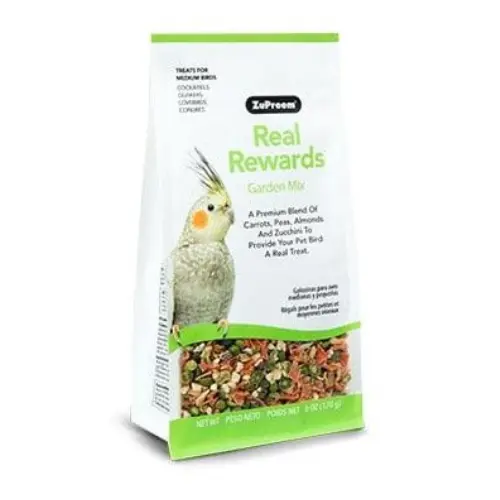
Foraging ideas to cut boredom and stress
To prevent boredom and reduce stress incorporate foraging Opportunities to incorporate fresh fruits into your conure of diet can improve their overall health. black capped conure or green cheek conuresRoutine is important for a flock of cockatiels and conures to thrive. Foraging toys filled with treats or hidden snacks can encourage natural behaviors and provide mental stimulation. You can also hide food around their play gym for foraging opportunities. cage or use puzzle feeders to challenge them. Engaging them in foraging activities will not only improve their overall well being but also foster a closer bond between you and your bird.
Trainability and social time
Both the black capped conure and green cheek conure are intelligent and eager to interact with their owners. Their ability to learn simple tricks and commands along with their need for daily social time makes them wonderful companions for people who can dedicate consistent attention. Training not only builds trust but also prevents unwanted behaviors.
Target training recall and bite reduction habits
Both species respond well to professional advice regarding their care. target training where they learn to touch a stick or perch on command, a fun trick for any kind of parrot. This technique can lead into recall training teaching your bird to fly to you when called which is not only fun but also strengthens the bond between owner and bird. Some conures may develop nipping habits but with calm consistent training and gentle redirection these bite reduction behaviors can be managed. Positive reinforcement like offering a small treat or favorite toy helps build good habits.
Managing alone time and preventing clinginess
Both black capped conures and green cheek conures thrive on social interaction which means they can become clingy if left alone too often and may benefit from learning to talk to enhance interaction. To avoid this provide structured alone time with plenty of stimulating toys and Foraging opportunities are essential for conures to stimulate their inquisitive minds.. Gradually increasing their independent play helps them stay confident without constant attention. Creating a balanced routine of training play and rest allows your bird to feel secure while still enjoying a healthy level of independence.
Health lifespan and common vet issues
The health and lifespan of the black capped conure and green cheek conure can vary based on their diet environment and overall care. Both species are generally healthy but like all pets they are susceptible to certain vet issues. Regular checkups and attention to early signs of illness can help ensure a long healthy life for your bird.
Early warning signs owners should watch
Both the black capped conure and green cheek conure can hide illness very well so its important to stay observant for any early warning signs of health issues. Watch for changes in behavior such as lethargy loss of appetite or a drop in activity levels. Abnormal droppings excessive scratching or difficulty breathing are other red flags. If your bird is displaying these symptoms itsimportant to consult a veterinarian immediately.
Annual checkups tests and average costs
Don’t skip your conure of yearly vet visit. Taking your bird to an avian vet for an annual check up is a not negotiable part of keeping them healthy. They’ll do a full physical maybe some blood tests and keep an eye out for common stuff like feather plucking or sniffles. It’ll probably cost you between fifty and a hundred fifty bucks depending on what they do and where you live. Think of it as cheap insurance catching a problem early can save you a ton of money and heartache down the road and it keeps your buddy feeling great.
Cost to own purchase price and lifetime budget
Everyone knows the upfront cost of buying the bird itself, but that’s honestly the smallest part of the bill. The real commitment is the ongoing cost over their entire life. You have to think about the weekly groceries (pellets, fresh veggies) constantly replacing chewed up toys, yearly vet check ups and all the little things in between. It all adds up! Getting a clear picture of these expenses beforehand is the only way to be sure you can give your conure the awesome life it deserves for the next 20+ years.
Breeder or adoption questions to ask before buying
When purchasing a black capped conure or green cheek conure you’ll need to decide whether to go through a breeder or adopt from a rescue. Regardless of your choice, always ask for professional advice to ensure you’re getting a healthy, wellsocialized bird. For breeders inquire about the birds health history vaccinations and whether its been raised with proper socialization. If adopting ask about the birds background any previous health issues and their temperament. A reputable breeder or adoption agency will be transparent about the birds history and needs.
Starter gear checklist for day one
Before bringing home your new conure make sure you have all the necessary starter gear to create a comfortable and safe environment. At a minimum you’ll need a properly sized cage with appropriate bar spacing a few perches of different shapes and sizes food and water bowls and foraging toys. Be sure to also have bird safe cleaning supplies and enrichment items to keep your bird engaged and happy. Proper starter gear will make the transition smoother for your new pet and allow them to settle into their new home quickly.
Which pet bird fits your lifestyle
When deciding between a black capped conure and a green cheek conure itsimportant to consider which bird fits your lifestyle. Both species are social and affectionate, but their specific needs and behavior traits may make one better suited to your home as a little parrot. Understanding their temperament, activity level and care requirements will help ensure you make the right choice for your household, especially if you are considering a sun conure or a green cheeked conure.
Best match for first time owners
If youre a first time bird owner the green cheek conure may be a better fit due to its relatively calm demeanor and manageable size. These birds are typically easy to handle and train making them a great choice for beginners. The black capped conure while just as affectionate can be a bit more energetic and may require more attention and patience, especially for owners who are considering a hybrid breed. However, both species can thrive with the right amount of care and attention, making either an excellent choice for a new pet owner in the parrot forum.
Homes with kids other pets or roommates
Both the black capped conure and green cheek conure can adapt well to homes with kids other pets or roommates but the green cheek conure might be a slightly better fit for a busier household. These birds tend to be a bit more adaptable and less noisy which makes them a good match for environments with children or other pets. The black capped conure on the other hand thrives in homes where it receives plenty of attention and it may enjoy interacting with other pets as long as theresproper supervision. Both species are social but they may need time to adjust to new environments.
Side by side specs comparison table
A side by side specs comparison table This comparison chart is a great way to easily compare the key attributes of the highly social birds. black capped conure and the green cheek conure. Heresa quick overview of how these two species stack up against each other in terms of size weight lifespan and care requirements.
| Feature | Black capped Conure | Green Cheek Conure |
| Weight | 55 to 80 grams | 60 to 90 grams is the ideal weight range for a healthy green cheeked conure. |
| Size | 9 to 10 inches is the average size for these little parrots, which are often found in pet stores. | 9 to 10 inches is the average size for these mostly green little parrots. |
| Lifespan | 15 to 25 years | 15 20 years |
| Daily Care Time | 1 to 2 hours | 1 2 hours |
Metrics compared weight size lifespan care time
| Key Metrics | Black Capped Conure | Green Cheek Conure |
| Weight | 55 to 80 grams | 60 90 grams |
| Size | 9 to 10 inches | 9 10 inches |
| Lifespan | 15 to25 years | 15 20 years |
| Care Time | 1 to 2 hours daily of playtime is ideal for a flock of jenday and black capped conures, enhancing their inquisitive nature. | 1 2 hours daily |
Customer Reviews
A E (Blink)
“I was very pleasantly surprised how very clean and friendly everyone was. I talked to a wonderful gentleman who was knowledgeable, friendly and very polite. The birds were all very well handled and you can tell when birds aren’t used to people. Great place, great people, great Murphy.”
Jamie Tkach
“Jason was incredibly helpful throughout the entire process. He was so knowledgeable, patient and genuinely cared about ensuring we were fully prepared to welcome our new feathered baby. We couldn’t be happier with the service and care we received. Highly recommend Dallas Parrots to anyone looking for a happy, healthy bird!”
Katie Wolber
“Love this place! The staff were so helpful, especially Jason. We got a hand raised baby cockatiel here and he is already well socialized and friendly. I’ll make the trek again, even just for bird toys!”
Elizabeth Wilson
“She has such a sweet temperament thanks to being handled often and trained by the staff there. She isn’t fearful or aggressive and she has been a gentle goofball with everyone she has met. We’re so happy with our new baby!”
Wes Singletary
“Jason let me and my son come in and interact with no intentions to purchase. We got to listen and learn about different birds. Thank you.”
Vicki Guerra
“I was very impressed with how knowledgeable the owner is. They did everything they could to help me with all of the things that I need but were not overselling. I’m so glad I went to Dallas Parrots rather than buying a cheaper one off the internet. GO TO DALLAS PARROTS.”
Evelina
“Rana was so nice and helpful! Answered all of our questions and was very patient while we decided. We have had her for a few days now and we are in love with her. So sweet and she loves cuddling, no regrets at all. The staff was extremely helpful in teaching us how to take care of her.”
Contact Us
If you have any questions about Parrots, or need assistance with anything related to parrots, feel free to reach out. We’re here to help with all your parrot care needs! Contact us through the form below or call us directly.
Conclusion
In conclusion, both the Black Capped Conure and Green Cheek Conure make wonderful pets, each with unique traits that cater to different lifestyles. If you’re looking for a bird that enjoys constant attention and affection, the Black Capped Conure is a great choice, though it may require more care and engagement. On the other hand, the Green Cheek Conure is slightly quieter and more independent, making it a fantastic option for those who prefer a more relaxed companion. Understanding their behavior, care requirements and individual personalities will ensure you choose the right parrot for your home and family.
FAQ’s
What should I feed a conure?
A balanced diet includes pellets, fresh vegetables, leafy greens, limited fruits, and occasional seeds or nuts as treats.
Are Black Capped Conures louder than Green Cheek Conures?
Yes, Black Capped Conures tend to be louder and may call for attention, while Green Cheeks are quieter, making them more apartment-friendly.
How long do Black Capped and Green Cheek Conures live?
Both species typically live 15 to 25 years, depending on diet, environment, and quality of care.
Do conures need daily social time and training?
Yes, both species require 1–2 hours of daily interaction. Training, toys, and foraging activities help keep them mentally and physically stimulated.
Can Black Capped or Green Cheek Conures talk?
Both can mimic simple words and sounds, but their talking ability is limited compared to African Greys or Amazons.
